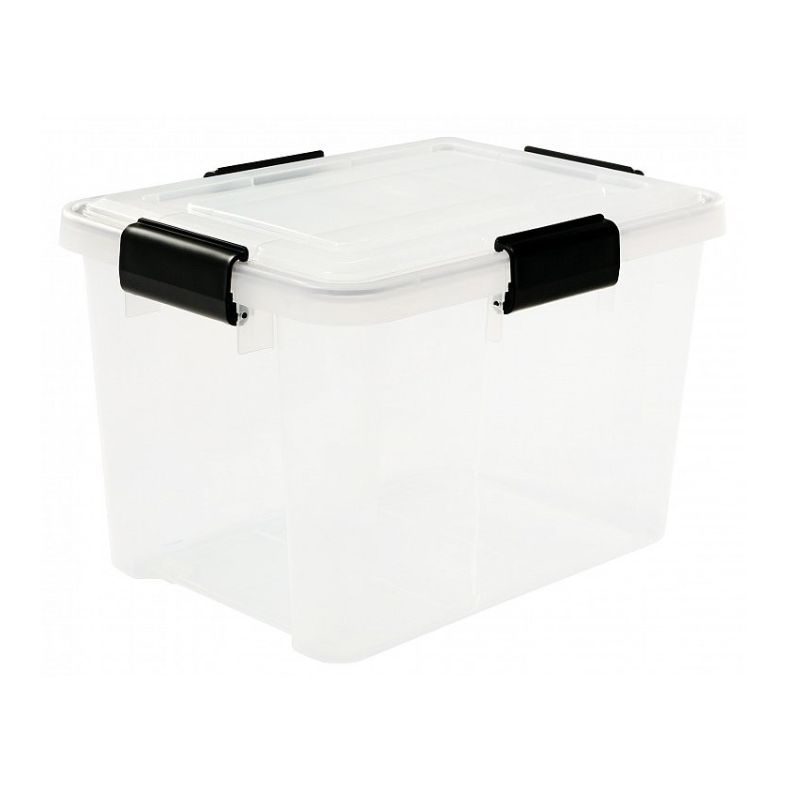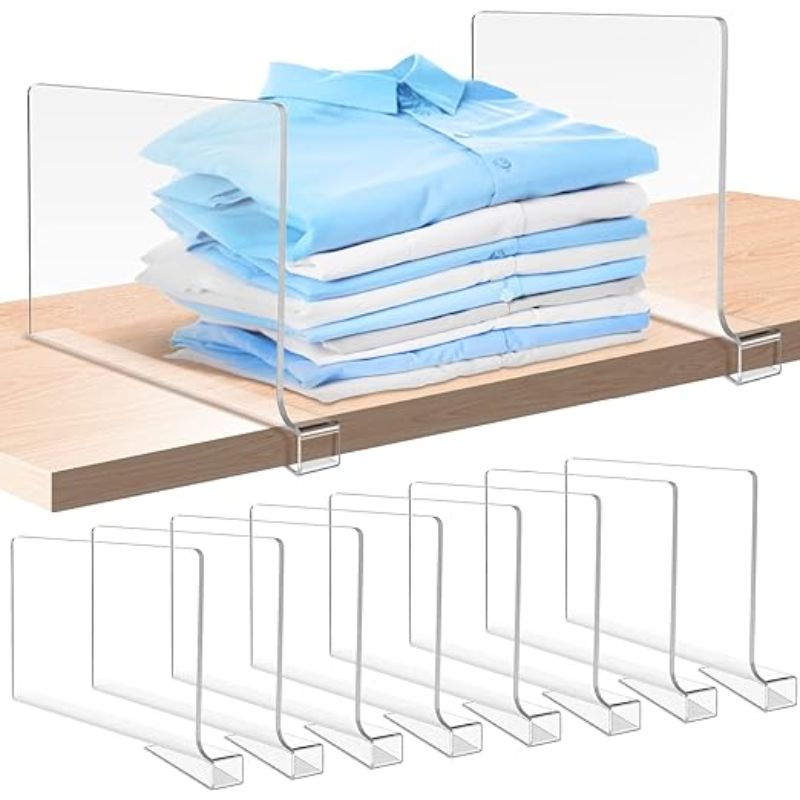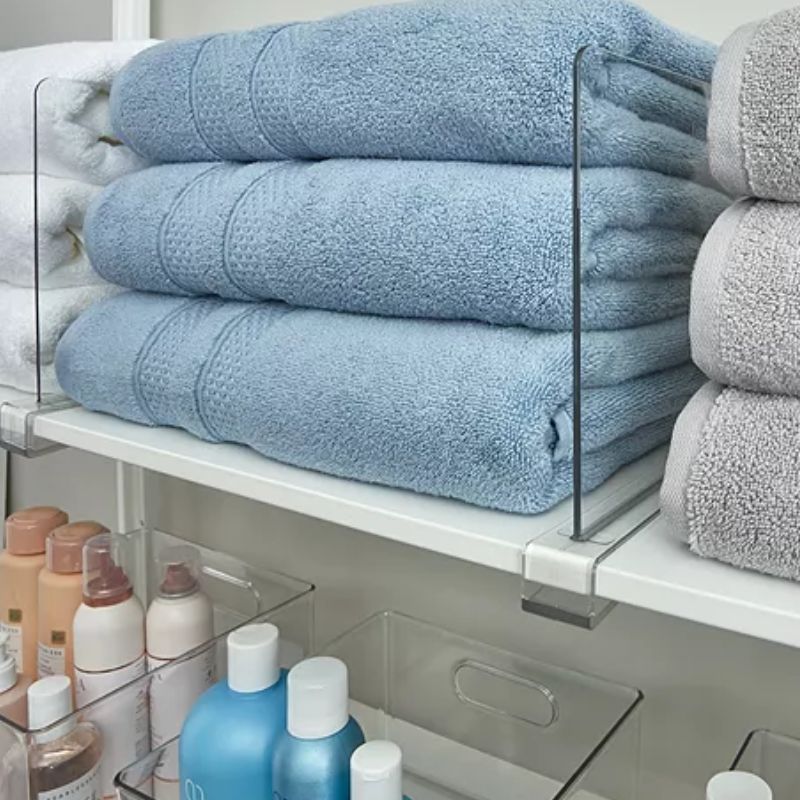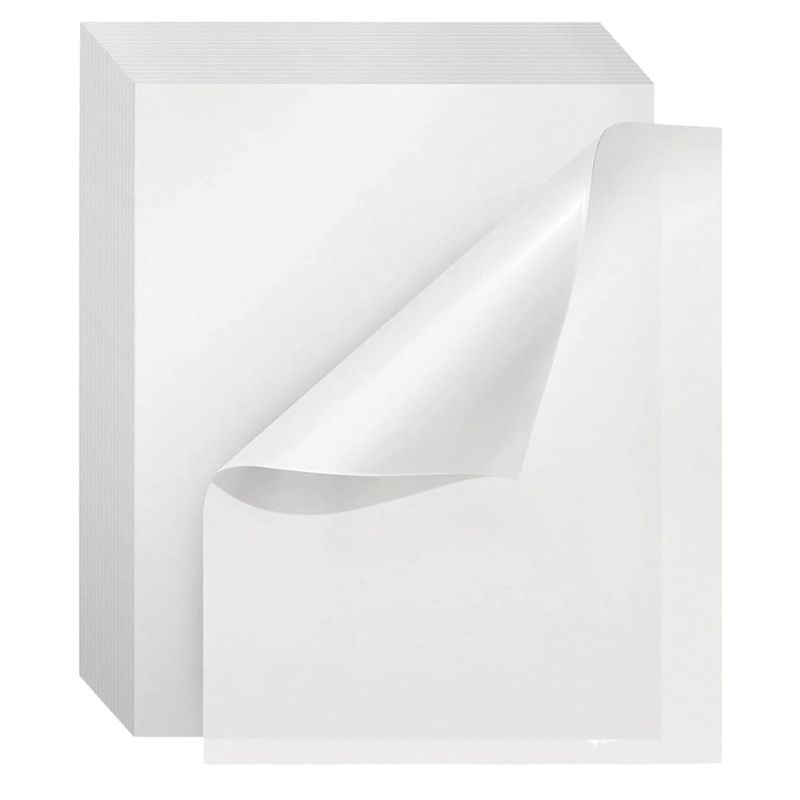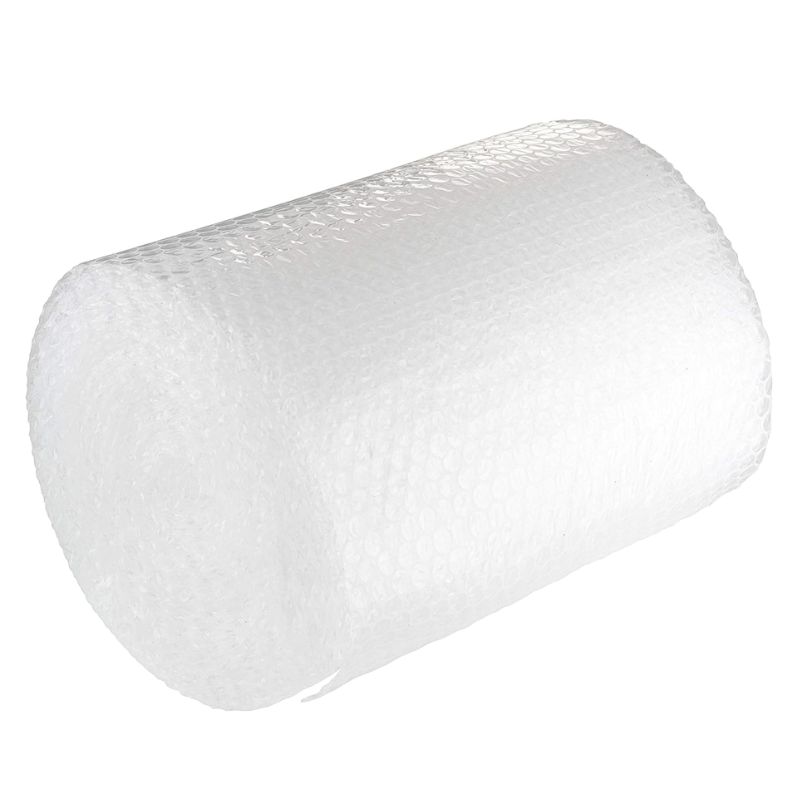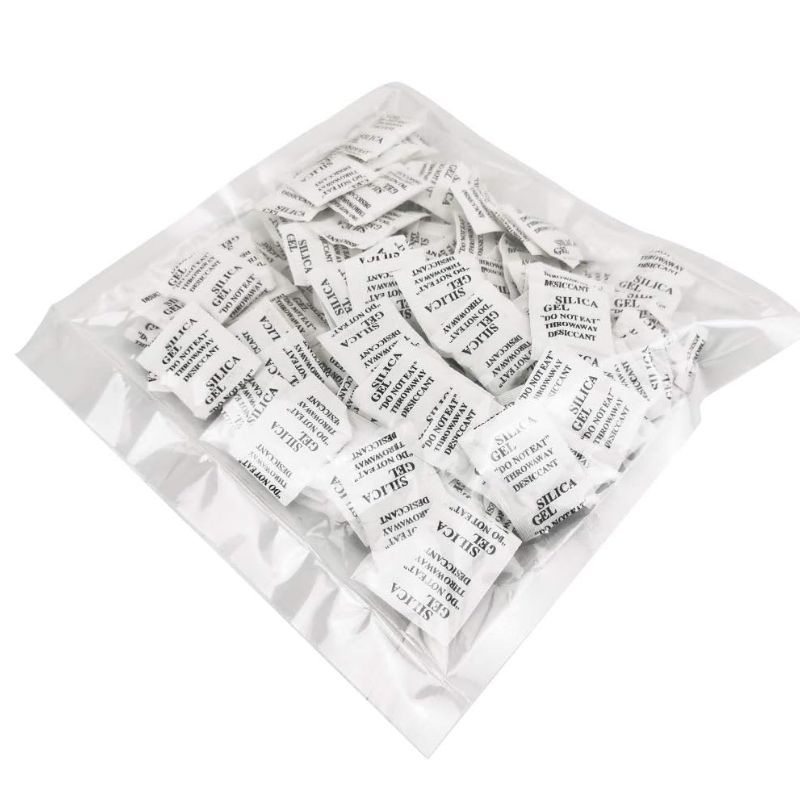How to store handbags for protection and longevity
A fashion editor explains various ways of to store handbags to keep your arm candy safe and in a good condition
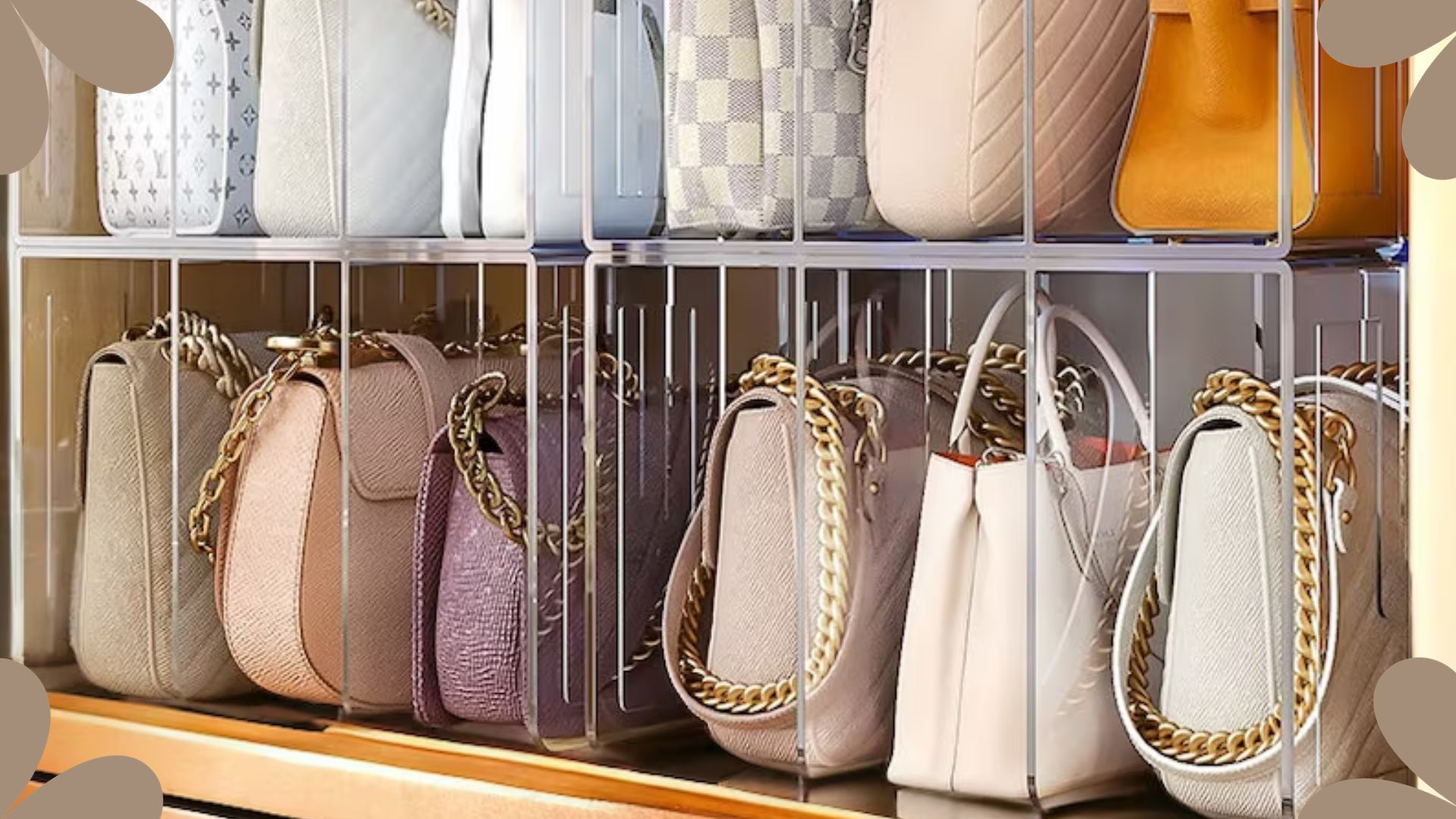

We naturally want to look after our most prized accessories and if you're looking at how to store handbags, there are several methods you could use to keep your handbags in the best condition possible.
Whether you've just received one of the best designer bags as a gift and want to make sure you maintain its status, or you're getting ready for that new year detox and finally learning how to organise your wardrobe, sorting out solid handbag storage will help you to look after your arm candy properly ensuring it's in peak condition for as long as possible.
There are several different ways to store handbags and the method you choose will largely come down to the type of bag, the space you have and your end goal. For example, if you have a number of bags to store but want to keep them in rotation, you will need more accessible storage than if you're packing your item away for later resale and investment. And if you have some of the best designer bags under £1000, or high street heroes that you don't feel require as much storage, these can be placed in a more accessible way to keep you switching styles on the regular.
How to store handbags
We've tried to ask a wide-reaching selection of fashion experts to give you as many possibilities. The most important thing is to keep your bags dust and damp-free and not squashing one another - as this can cause transfer of dents, marks and colouring.
“When you’re investing hundreds and sometimes thousands of pounds on a luxury handbag, that’s a big investment," explains Charlotte Staerck. CEO & Co-Founder, The Handbag Clinic. "Luxury is a promise of longevity and should mean for life. But luxury items are crafted from delicate and highly absorbent materials, so caring for your handbags with regular cleaning and maintenance is essential to optimising their longevity.
1. Dust covers
Although this is most common with high-end, designer bags, many high-street brands have started giving dust covers with handbags too - particularly if the bag is made from leather. The dust cover aims to keep your bag protected and stop it from rubbing against other materials, or as the name suggests, getting dusty whilst it's awaiting its turn for a trip out of the house. Keeping the dust cover of your bag is paramount, and storing your bag inside it as a first port of call offers the first layer of protection for your arm candy, and is the very minimum level of storage we recommend. Having the original dust cover is also great, if you're looking to resale at a later date - check out how to sell clothes online for extra advice, as it makes the item more complete.
Make sure your bag is safely stowed away inside the cover after each use, emptying your handbag of its contents before you put it away, as this will help reduce clutter and maintain the shape of your bag.
Sign up to our free daily email for the latest royal and entertainment news, interesting opinion, expert advice on styling and beauty trends, and no-nonsense guides to the health and wellness questions you want answered.
Charlotte suggests: "Placing your bag in its original (or a high quality) dust bag when it’s not in use – this avoids dye transfer stains from other items it may come into contact with whilst in storage. Heat and moisture can really affect leather so storing your bag in a cool, dry location is also super important. Leather is a skin and UV exposure can significantly contribute to colour loss".
If your bag did not come with a dust cover but you want to keep it in tip-top condition, or you've lost a dust cover, you can purchase dust covers independently and this is something we highly recommend.
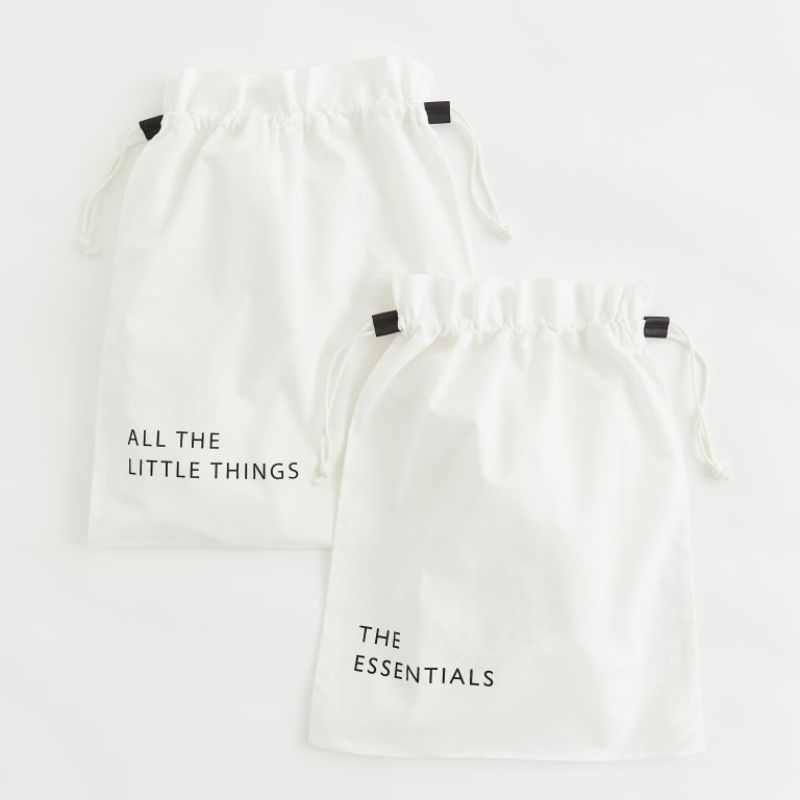
RRP: £9.99 | Ideal for smaller items such as stowing the best wallets for women, or best designer cardholders due to their size. This chic pairing however is great if you have bags to store that don't have their own original dust jackets and are available as a set.
2. Airtight Containers
"Nothing ruins a good quality leather handbag like damp and so I keep my most prized designer bag, one of the best Mulberry bags if you're curious, secured inside its dust cover, with its tissue paper and secured in an airtight container," explains woman&home fashion editor, Rivkie Baum. "It's not one of my everyday bags and literally comes out for only very specific and appropriate occasions and subsequently I give it a higher level of storage than many of my other bags. This means it stays dust and damp free and I can stow it out the way, ready for action. I find keeping the tissue paper helps it maintain its lovely structured shape. The boxes also make it easy to stack and store, so if you have several high-end bags that you're looking to keep in good condition, and don't need regular access to, I couldn't recommend this enough."
Alternatively Charlotte suggests a temperature-controlled environment for those really special buys.
“For specialist handbag collectors looking to protect resale value, some use temperature-controlled spaces to ensure optimum care all year round. This extra level of care is really for the seasoned handbag collector and investor however and isn’t required for an everyday-use handbag.
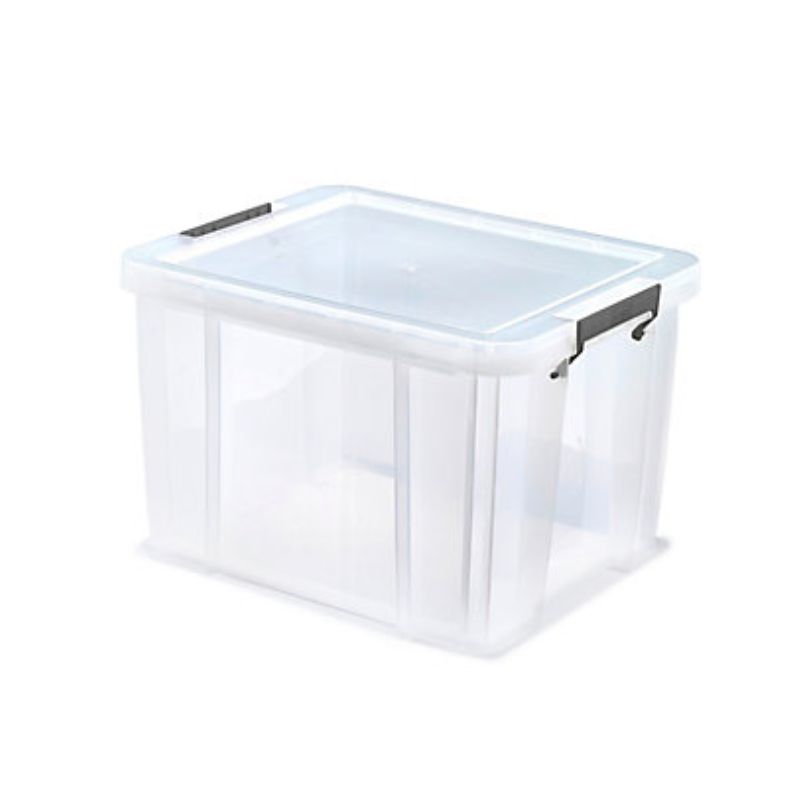
RRP: £15 | The size of storage box you choose, will of course depend on the bag you're looking to stow. The best evening bags can be stored in much smaller boxes than the best designer tote bags that will need sufficient room around them.
3. Shelf Storage Dividers
Woman&home senior fashion stylist and writer Becky Joiner O'Riordan likes to see her handbags on display and this is a fantastic idea if you have the room, as not only does it help you see what bags you have, it's visually appealing, meaning you're more likely to take the time to keep your bags tidy and rotate between them for a more equal wear.
"These dividers are fab to separate your bags in your wardrobe (if you have the room). It's quite a pricey but they look great in your wardrobe, and means you'll feel like you're shopping from your closet everyday," Becky explains. "I also try to keep the original dust bag and tissue paper/packing it comes stuffed with. This will help to keep its shape. I stuff all my bags with tissue paper/packaging when they are not being used. Stuffing your bag provides support and reinforcement, and will help your bag from slumping or losing it’s shape. And if you have room, hold onto the original packaging as this is extremely useful, particularly if you ever want to resell any of your bags."
Want some real insider knowledge? Designer bag fan Becky also highlighted the website Samorga, this site is all about elite bag storage and liners, with each design created specifically to match key designer bags, so you can get a bucket bag liner that fits perfectly into your best Kate Spade bag, making it easy to transfer or your items from one bag to another, or a perfectly sized chain wrap for your favourite Chanel bag - genius.
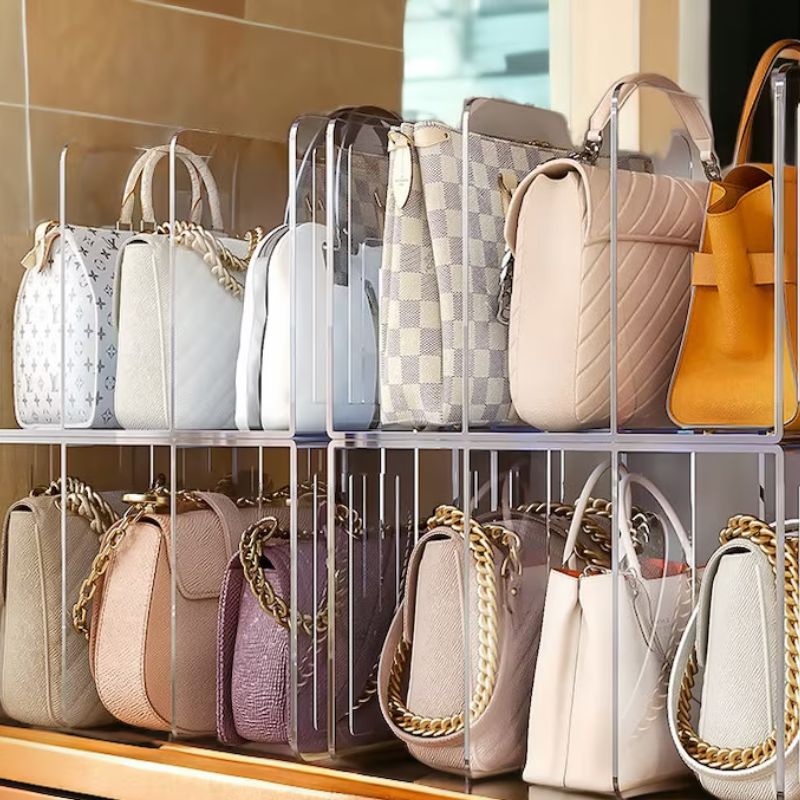
RRP: £38 | Pre-sized, these won't work for every handbag in your collection, but will do a good job for things like small clutch bags and your everyday crossbody bag styles, as well as slimmer designer tote bags. The sides will add support to the existing bag structure.
4. Stuffing
All of our experts agree that keeping your bag in shape is important and the best way to do that is to stuff them so that they don't slouch. Becky explains, "I stuff all my bags with tissue paper/packaging when they are not being used. Stuffing your bag provides support and reinforcement, and will help your bag from slumping or losing its shape." In addition to this, it's about giving your bags enough room to breathe and not find them butting up against one another. "Don't squash them all together in the wardrobe. Try to store bags upright. And make sure the handles aren’t squashed down if you’re storing it on a shelf."
Charlotte, founder of the Handbag Clinic is an expert when it comes to both maintaining and restoring designer bags. “Storing your handbag correctly is a vital part of the maintenance and care required to extend its life. Not only will it help avoid misshaping, it will also safeguard against structure loss, which requires more intensive restoration work. Whether it’s a bag you’re preserving in pristine condition for future resale – or an everyday-use bag – we recommend investing in a bag pillow to stuff your handbag when it’s not in use. You can find these through a wide variety of merchants, tailor-made to the brand and model of your bag so it’s a perfect fit. (But) if you use additional tissue to pad out the stuffing of your bag, ensure it’s acid-free," she concludes.
5. Silica
Another one for the prevention of mould, because damp really is the enemy of designer bags. Fashion editor and stylist, Antonia Kraskowski suggests, "When you’re storing your handbags it’s important to make sure they retain their shape so stuff them before you put them in a dust bag and for added protection against damp, add a silica packet like the kind that you get in various accessory goods, as it will help to keep out any moisture".
These can be easily picked up online - or saved from other items and they might just save your favourite bag in the long run too.
Understanding how to store handbags will in the long run ensure your handbags can serve you for much longer and will help maintain their value for resale (if you so choose). As with many of our favourite wardrobe items, the more time and effort you put into looking after your clothes and accessories, the longer they return the favour.
And Charlotte says, “if your bag has been badly stored over time and has structure loss, this is best left to the experts for professional restoration.”
Our experts:
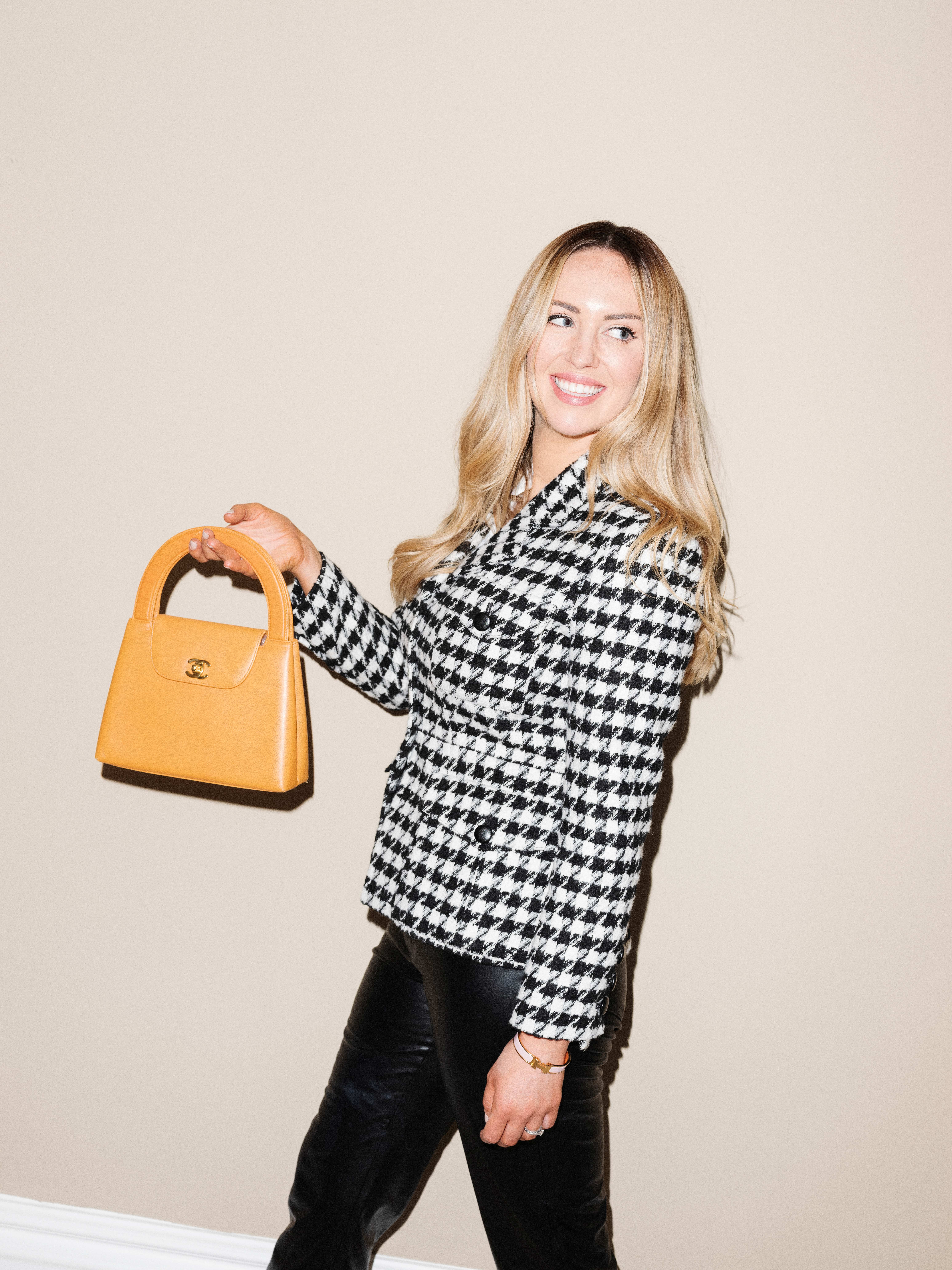
Charlotte Staerck, is the co-founder and CEO of leading luxury handbag restoration and preowned retailer, The Handbag Clinic. Founded in 2013, the Clinic operates through its flagship store in Chelsea, concessions across Newcastle, York and Colchester, and recently launched in-store concessions in Selfridges and Harrods. Through its integrated offering of ‘Buy, Sell, Restore, Authenticate’ The Handbag Clinic is the only fully circular platform solving the ‘end of life’ issue by adding value back into wardrobes through an ongoing loop of circularity. Built on a 25-year legacy of leather and fabric restoration, its mission is to preserve the past whilst mindfully reinventing for the future; it is a proud gatekeeper for sustainable luxury, ensuring its integrity and circularity for generations to come.

Currently Group Fashion Director at Future Publishing, Paula Moore has been in the fashion industry for over 30 years. Overseeing the fashion pages for Woman and Home, Simply Woman and Home, Woman, Woman’s Own, Woman’s Weekly and Chat magazines.

Becky Joiner-O'Riordan is a Senior Fashion Stylist & Writer. With 10 years experience in the fashion industry, she currently works across woman&home, womanandhome.com, Woman, Woman's Own, Woman's Weekly, Chat, goodto.com, and has previously worked on Harper's Bazaar, Notion and Now Magazine.

With over 15 years experience in the fashion industry, freelance fashion editor, Antonia Kraskowski has worked at Conde Nast, across titles including, Glamour, Vogue New Markets and Easy Living. Antonia later went on to serve as the Fashion Editor of Express Newspapers and Magazines for five years before embarking on a freelance career.

Rivkie is a fashion editor, writer and stylist with twenty years' experience in the industry. Rivkie studied design and pattern cutting at the London College of Fashion, and fell in love with styling and journalism, and has covered fashion weeks in London, Paris and New York, as well as shooting editorial all over the world.
Specialising in plus size fashion, Rivkie has long championed that style is for everyBODY and has appeared on a host of radio stations and television shows, pushing for greater representation for plus size women and fashion throughout her career.



